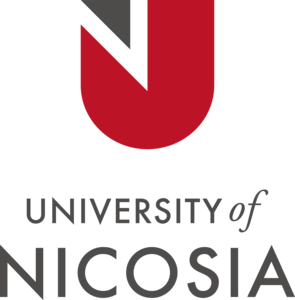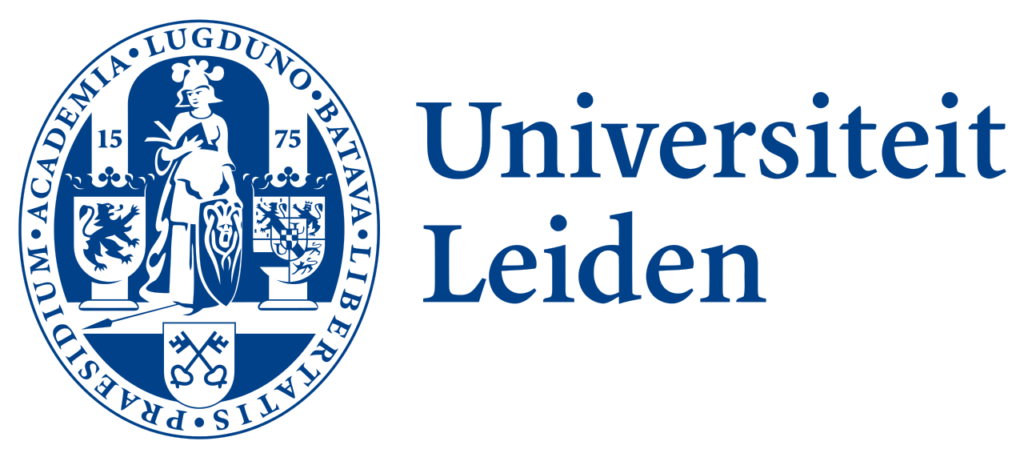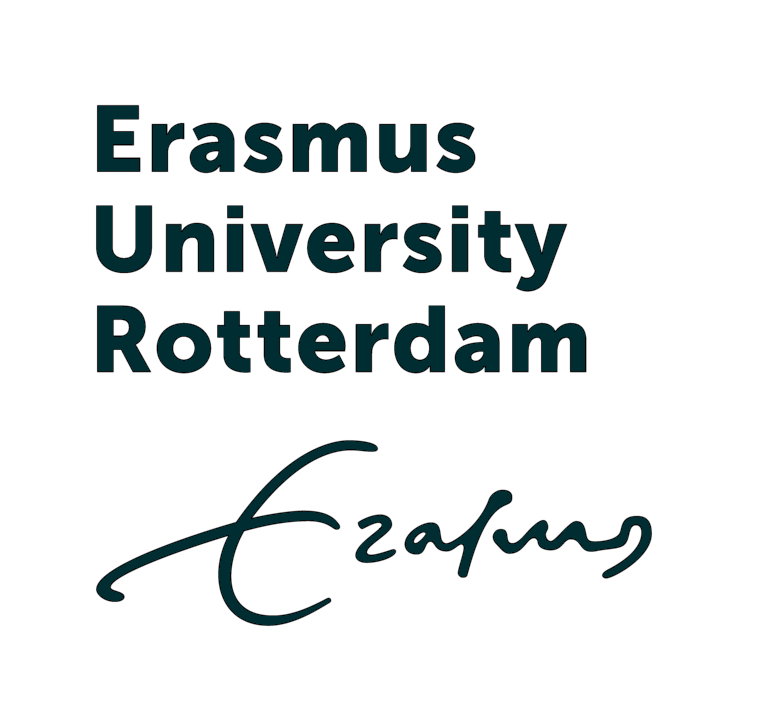The Fast Track to a Health Sciences Careers in Europe
Are you considering a career in health sciences? Have you thought about the option to study medicine in Europe? Europe offers many programs that combine a bachelor’s degree with an advanced degree in areas like medicine, dentistry, veterinary medicine, and pharmacy. In 5-6 years (depending on the type of program), students can obtain their bachelor’s and also an advanced degree like a PharmD, DVM, DDS or MD. In the programs we’re talking about, you’ll be able to study medicine in Europe in English. Here’s the crazy thing – the average tuition for these programs is just under $10,500 per year.
Let’s go through some of the details and obstacles to study medicine in Europe. For each of these fields of study, we will look at what would need to occur for a student to practice in the US after graduating from a combined program in Europe. It’s important to note that the student would be able to practice in Europe (and other countries as well) with fewer hoops to jump through. Regardless, as you will see below the incredible financial benefits of the option to study medicine in Europe make the bureaucratic obstacles look small.
Pharmacy: Take a Test and Pick Up $400k
This field of study has the fewest obstacles. If you want to practice in the states, you will take the Foreign Pharmacy Graduate Equivalency Exam and then take the NAPLEX test which is the test all graduates must pass to become licensed pharmacists. Europe offers 8 English conducted integrated (meaning combined bachelor’s and master’s degree) pharmacy programs and the average is just $8,125 per year which means the total tuition cost to get a PharmD is $40,625 for the 5-year program.
How does this compare to a student in the US? Let’s look at the costs for a student paying in-state tuition at UNC Chapel Hill The tuition cost of their bachelor’s degree alone (IF he graduates in 4 years, as only 36% of undergrads do today) is already at $35,592. The four-year PharmD tuition adds another $95,088 total. It will take this student eight years and cost $130,680 total for in-state tuition. It would cost an out of state student a staggering sum of $331,107.
FREE INSIDER’S GUIDE

Top 5 English-Taught Colleges in Europe
Kickstart you education abroad with a powerful degree taught entirely in English, all without taking on any student loans!
This means the student studying in Europe saves $90,055-$290,482 in tuition and starts earning money three years earlier! Since the average pharmacist makes $115,000 per year, those three years of “lost earnings” equate to $345,000. Combining tuition savings and lost earnings, the total comes to $435,055 – $635,482.
Veterinary Medicine: Another Easy Choice
This is a good one to look at since there are only 30 vet programs in the US and getting accepted into one is known to be quite difficult (in some ways more difficult than getting into medical school). To become a licensed vet in the US, graduates from a foreign degree program must first get their credentials certified. The Education Commission for Foreign Graduates (ECFVG) certification program is accepted in all states and involves a written test as well as a hands-on Clinical Proficiency Examination. After earning an ECFVG, graduates then must pass the national licensure exam as well as any exams required by the state in which they would practice.
Europe offers seven English conducted veterinary programs that take usually take 6 years (though some take 5.5). The average tuition of these programs is just $6,400 per year. Nope, that’s not a typo! That means that the total tuition over the entire 6 years is $38,400.
Let’s look at our UNC student again. We already know that the cost of the entire vet program in Europe is almost the same than the in-state tuition alone for the bachelor’s degree at UNC Chapel Hill (which is $35,592). The nearby 4-year veterinary medicine program at North Carolina State is $18.516 per year for in-state students putting the 8 year total at $109,656. Our poor, out of state students will pay $310,680 over the eight years.
The student in Europe is saving between $71,256- $272,280 and is earning money 2 years before his counterpart graduating from North Carolina!
Dentistry: Wrinkles Included
This is another good option, but does have more obstacles than veterinary medicine and pharmacy. To practice as a dentist in the US, you need to have graduated from a school that has been accredited by the Commission on Dental Accreditation (CODA). However, these schools are only in the US and Canada! Dentists who have been trained and educated in other countries can do an advanced standing 2-year program with a CODA school. Some of the advanced standing tuition rates are higher than even the regular dental school tuition, which seems like a bit of a racket. I saw many in the $75,000-$90,000 a year range.
Europe offers 18 English conducted integrated bachelor and DDS degrees. Most of these are five-year programs and the average tuition is $13,250 for a total average of $66,250.The question is whether this is still a good deal given that you need the two extra years of study to practice in the US.
UNC does not have an advanced standing program, so for this example, we will look at Boston University. A student who has a degree from Europe and then completes the 2 year Advanced Standing program at Boston University will end up paying an additional $144,000, so their total tuition over 7 years is $210,250. How crazy is it that two years of study here is almost double of the cost of entire five years in Europe — much of which will likely be redundant learning. Sigh.
A student at Boston University pays $196,000 for their bachelor’s and then another $288,000 for their DDS, bringing their total to $484,000. The student in Europe is still saving $273,750 and entering the workforce a year earlier. According to Money magazine, that year is worth $149,540. This brings the total benefit to $423,290.
Study Medicine in Europe: How Much is Playing It Safe Worth?
If your plan is to find work as a doctor in the EU, this is a great route to take! Here’s a fun fact: physicians in the Netherlands earn more on average than MDs in the US. If, however, your ultimate plan is to return to the US to work, you will encounter a few obstacles. Most of the obstacles are just hassles and not insurmountable. These include things like taking the US Medical Licensing exam and getting your transcripts verified. The most significant challenge is that, unless you have completed a residency in Canada, you are required to do a medical residency in the US-even if you completed a residency in a country with an advanced medical system! Obtaining a residency in the US is extremely competitive and odds of getting into a program are lower for those who graduate from foreign schools, though the number is increasing. On average, 75% of applicants get a residency or “match”. Most recently 53.9% of US citizens with international medical degrees (IMG) were matched to first-year programs and the number of U.S. citizen IMGs matching to first-year positions has increased in 12 of the last 13 matches.
There are 35 English conducted integrated bachelor’s/MD programs in Europe. They take six years to complete and the average annual tuition is $10,400. That number is actually higher than the true average. There are a number of these programs in Italy. Tuition to study medicine in Italy at public universities is based on family income, so the numbers used for the average are the maximum a student would pay, not what the students actually pay to study medicine in Italy. Nonetheless, using those numbers, our student in Europe would pay an average of $62,400 in tuition over the duration of the six-year program.
Let’s look again at our UNC student. The in-state student is paying $35,592 for a bachelor’s degree program and then $70, 148 for their MD, bringing their 8 year total to $105,740. The out of state student would pay $313,328.
Our student studying medicine in Europe will save between $43,084- 250,928, but with significant potential residency headaches if coming back to the US.
Is the Juice Worth the Squeeze?
When looking at the costs, it is important to note that many of these programs are offered in countries like Hungary, the Czech Republic, and other central European countries. The cost of living is much lower there than in the States. Avoiding student loan interest is also a significant benefit that we haven’t touched on.
Each of the programs we list in our database is fully accredited and many are very reputable. For pharmacy school, it’s clearly very attractive, given the 3 years of income gained and the high earnings for the field. Whether a student intends to seek employment in the US or abroad after graduation, I think the benefits outweigh the obstacles for programs in dentistry and veterinary medicine, as well. Medical programs are not as clear cut. I think it is definitely worth considering by students who plan to practice outside of the US, students who do not want to attend in-state school in the US, or live in one of the six states that don’t have an in-state school option, or students who are comfortable working outside of their field for a year, if the residency placement ends up taking more than a year.
Want to Study Medicine in Europe?
Easily find European Degrees Taught Entirely in English by Becoming a Member. If you want to learn more about these programs to study medicine in Europe, gratification is just a few clicks away. We’ve added them to our online database with 3,200 other English-taught bachelor’s programs across Europe. When you sign up as a member, you’ll gain immediate access to all the information we’ve gathered over the past 5 years from our research, our on-campus visits, plus our own impressions gathered from working with other candidates like you. We offer a range of packages from self-guided to fully supported, to help students understand and qualify their choices. If you’re planning to get an advanced degree in the health sciences field, you owe it to yourself to investigate the option to study medicine in Europe. The cost is as little as $49 a month, and the impact could easily be over $500,000.

















